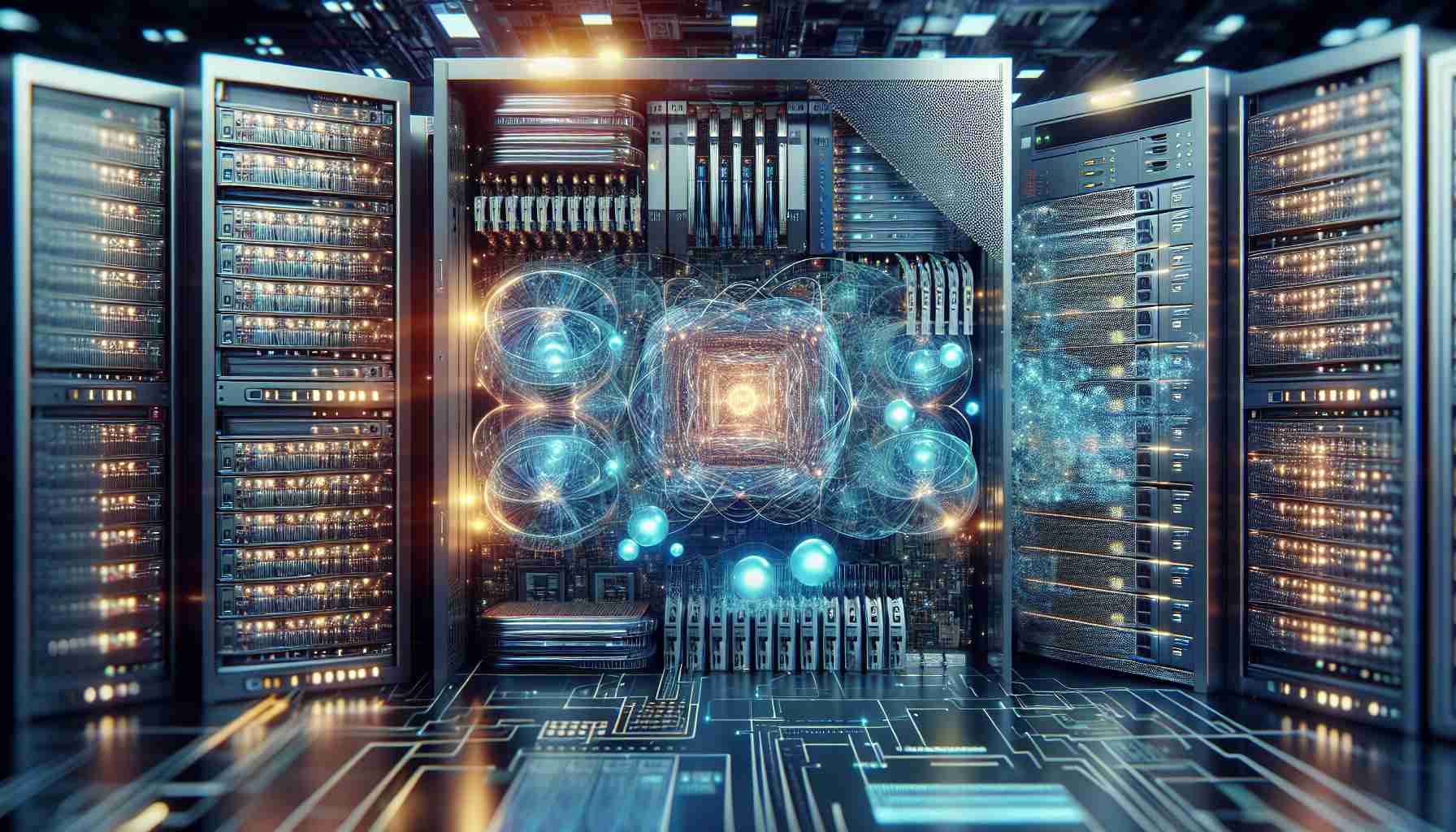Skywatchers across the southwestern United States were treated to a stunning spectacle early Sunday, witnessing a brilliant fireball that turned out to be an unexpected sight. Instead of a natural meteor, this dazzling event was linked to a SpaceX Starlink satellite disintegrating upon re-entry into Earth’s atmosphere.
Reports flooded the American Meteor Society from Texas, Colorado, Oklahoma, and Kansas, detailing the phenomenon that occurred late Saturday into early Sunday morning. Witnesses described the visual display as reminiscent of fireworks, complete with bright trails and several glowing fragments streaking through the night sky.
In Frisco, Texas, a video captured the breathtaking moment, showcasing the satellite’s spectacular break-up. According to Jonathan McDowell, a renowned astronomer specializing in orbital debris, this Starlink satellite was part of a series launched in 2022. SpaceX has strategically designed these satellites to re-enter the atmosphere at the end of their operational life, which is aimed at minimizing space debris in low-Earth orbit.
McDowell noted that the satellite’s descent was recorded over states such as Idaho, Wyoming, and Colorado, suggesting that many people were fortunate enough to witness this extraordinary sight. Although the event coincided with several ongoing meteor showers, including the Leonids and Taurids, this fireball was a remarkable display of human technology meeting the natural world.
Fireballs and Space Debris: The Surprising Impact on Society
The recent incident involving a disintegrating SpaceX Starlink satellite has opened up discussions about the implications of satellite technology and space debris management. While many were captivated by the dazzling light show in the skies of the southwestern United States, this occurrence also raises an important conversation about the broader effects of satellite re-entries on communities and national policies.
The Technological Revolution: Space as Our New Frontier
The commercialization of space, particularly through initiatives like SpaceX’s Starlink project, has significant implications for global communication and connectivity. These satellites are designed to provide internet access even in the most isolated regions, combating the digital divide. With such rapid advancements, nations can enhance economic development, improve education, and provide better health services through connected technologies.
# Advantages of Satellite Networks
1. Global Connectivity: Starlink can bring high-speed internet to rural areas, benefiting education and remote work.
2. Disaster Response: In the wake of natural disasters, satellite internet can be a lifeline for communication and coordination efforts.
3. Innovation and Growth: The satellite industry fuels technology innovation and jobs, stimulating economic growth.
However, with these advantages come certain controversies and challenges.
The Dark Side of the Stars: Concerns Over Space Debris
The disintegration of the Starlink satellite highlighted a growing environmental concern—space debris. Jonathan McDowell emphasized that while SpaceX aims to minimize debris, hundreds of thousands of fragments linger in low-Earth orbit, posing collision risks to active satellites and even the International Space Station (ISS).
# Disadvantages and Controversies
1. Collision Risk: Increased satellite launches heighten the risk of collisions, which could create more debris and jeopardize space missions.
2. Light Pollution: The proliferation of satellites can alter the night sky’s visibility, affecting astronomers and stargazers.
3. Regulatory Lag: Current space laws are outdated, with insufficient enforcement for debris mitigation, leaving potential threats unaddressed.
Key Questions on Space Exploration and Its Effects
– How does space debris affect future missions?
As more countries and private companies venture into space, the risk of collision increases, which can lead to game-changing setbacks in exploration, research, and international cooperation.
– What measures are being taken to manage space debris?
Nations and organizations are advocating for international guidelines and innovative debris remediation technologies, including laser systems to deorbit junk and ‘space sweepers’ to capture unserviceable satellites.
Rethinking Our Approach to the Skies
As humanity ventures deeper into the cosmos, managing the delicate balance between technological progress and environmental stewardship becomes crucial. The recent fireball incident is a stark reminder that while we push the boundaries of ingenuity, we must also prioritize the sustainability of space.
In conclusion, the marvel of witnessing a satellite’s fiery demise provides an intriguing intersection of human achievement and scientific responsibility. As communities worldwide benefit from advanced communication technologies, it is equally vital to engage in discussions about safeguarding our shared space environment for generations to come.
For more insights on space management and technology, visit SpaceX.












